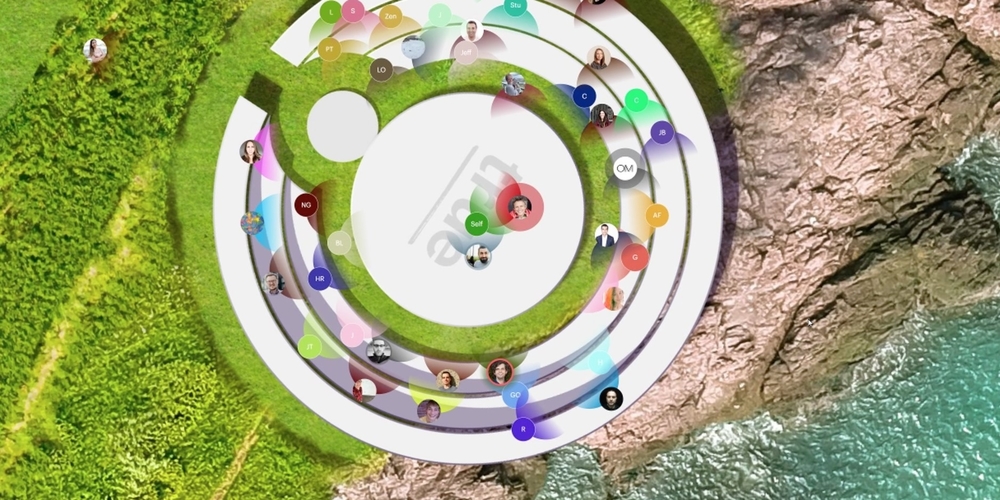Online Audio Spaces Update: New Features for Virtual Event Organizers
It’s been about 8 weeks since we launched High Fidelity’s new audio spaces in beta. We really appreciate all the support, particularly if you have ...
Near-Field Audio Now in High Fidelity
We’ve been working on 3D audio for close to five years now, and our R&D team has done some pretty unique work, like being able to use a server to create 3D audio for 150 people talking at the same time with imperceptible latency. Pick your favorite multiplayer VR environment and ask ten different people to talk to you at the same time, then try it in High Fidelity. I’ll let you decide what feels more real.
VR audio, even ours, still doesn’t perfectly reproduce the live experience. For example, the 3D processing we do has to assume a reference shape for the outside of the ear (we can’t 3D scan you, at least not yet). This means sounds aren’t as clearly positioned as we’d like — in the real world if you close your eyes and point at where a sound is coming from, you still do better in the real world than in VR. In a group setting, this means it can be harder to tell which avatar is speaking unless you see their lips moving.
So we added a model that does just that — processing the sound differently for sources that are close to your head. You’ll want to put your headphones on for this:
Aside from adding realism, this makes it easier to tell who is talking if they are closer to you. You may have seen demos of the near-field effect before, but the trick is to do this processing efficiently and without adding latency. When there are 150 people in a room, our server does a lot of work; creating a unique version of audio for each source and listener means 150 x 150, or 22,500 different sender/receiver pairs to process at about 100hz.
Hopefully this is a new capability that will be useful for creating better and more realistic virtual worlds — enjoy.
Related Article:

by Ashleigh Harris
Chief Marketing Officer
It’s been about 8 weeks since we launched High Fidelity’s new audio spaces in beta. We really appreciate all the support, particularly if you have ...
Subscribe now to be first to know what we're working on next.
By subscribing, you agree to the High Fidelity Terms of Service